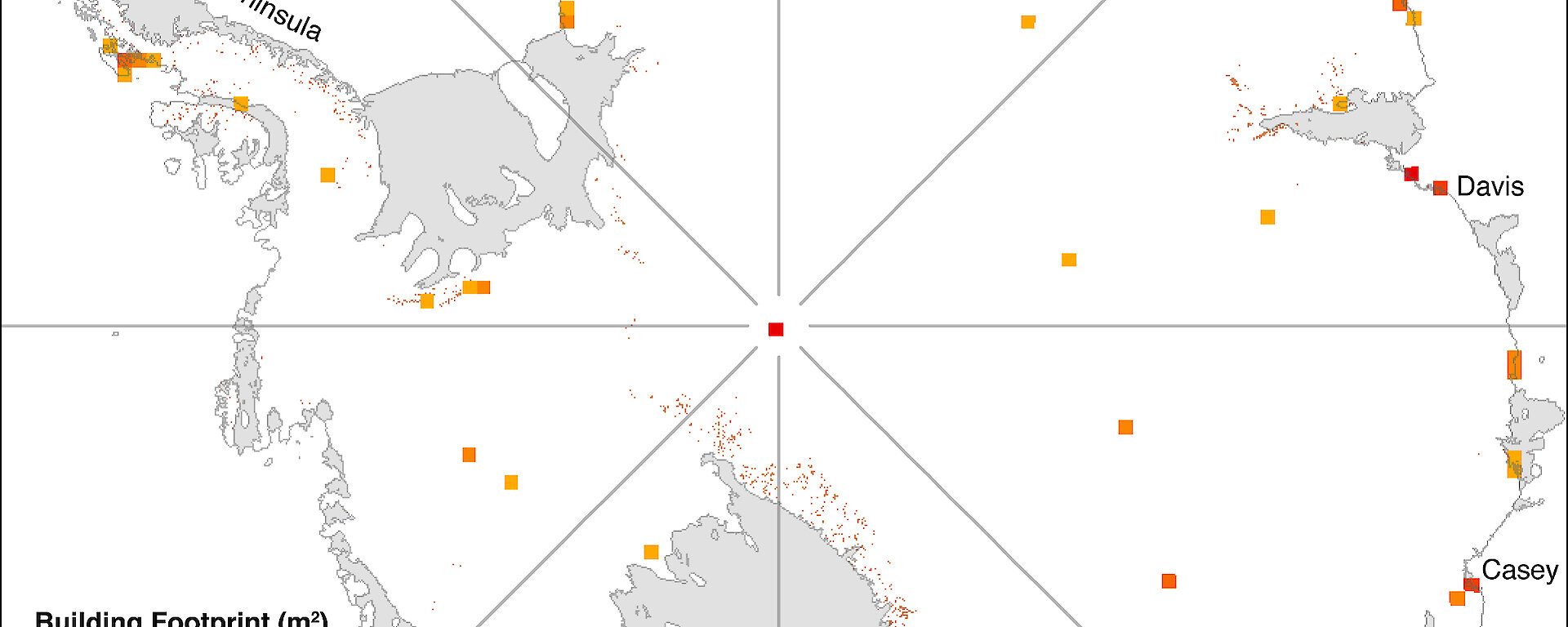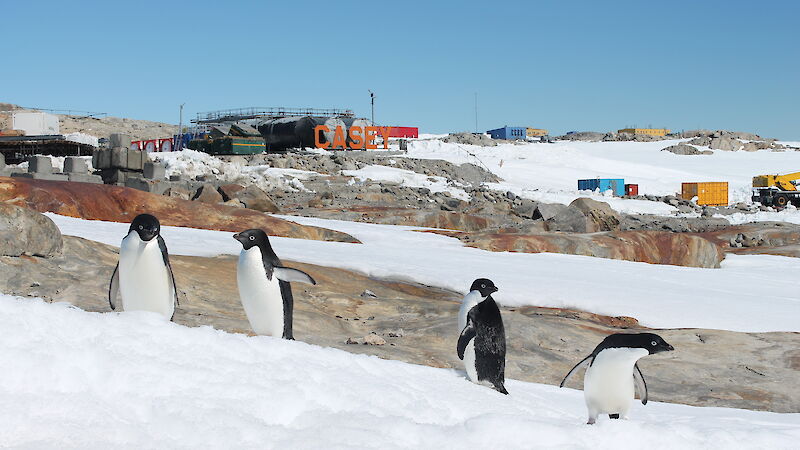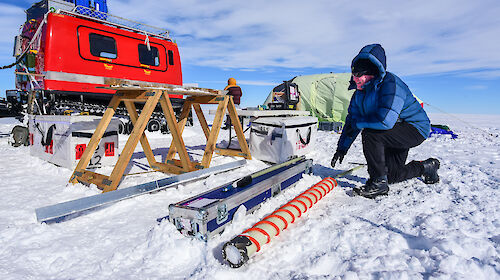The principle of ‘location, location, location’ is as important in Antarctica as the rest of the world, with rare ice-free areas being highly desired real estate.
A new research publication, led by PhD candidate Shaun Brooks of the Institute for Marine and Antarctic Studies, and involving applied ecologist Dr Dana Bergstrom from the Australian Antarctic Division, has found how much humans in Antarctica compete with animals and plants for this ice-free land.
“Ice-free areas support the largest diversity of plants and animals and provide essential habitat for iconic species such as Adélie penguins and snow petrels,” Mr Brooks said.
“Our research has shown that ice-free areas, which account for only 0.44%, or 54,274 square kilometres of the Antarctic continent, are the location for 81% of buildings.
“In fact 76% of all buildings are situated in ice-free areas within five kilometres of the coast, which represent just 0.06% of Antarctica, so human impacts are concentrated in the most environmentally significant areas of the continent.”
Using satellite imagery captured between 2005 and 2016, Mr Brooks mapped thousands of buildings and structures spanning 158 locations across the continent. These locations included stations, field camps, huts, automatic weather stations and historic sites.
The results, published today in Nature Sustainability, revealed a total ‘building footprint’ of 0.39 square kilometres, equivalent to 73 American football fields, with two hotspots of activity on the coastlines of the Antarctic Peninsula and Ross Sea.
The area from which the buildings and other infrastructure could be seen was significantly larger at over 93,000 square kilometres; similar in size to the total ice-free area of Antarctica.
“This ’visual footprint’ equates to nearly 1000 American football fields or over 1000 square metres of disturbance for every person at an Antarctic research station at peak capacity,” Dr Bergstrom said.
With increasing human visitation it’s expected the impact will increase.
Mr Brooks said the research will assist the development of new approaches to prevent disturbance, including minimising the size of station areas, making better use of existing disturbed areas, and locating new facilities on ice-covered land.
“This inventory of infrastructure across Antarctica establishes a baseline that can be used to inform conservation decision-making through the Antarctic Treaty system, encourage the sharing of facilities amongst countries and monitor impact and change,” he said.




